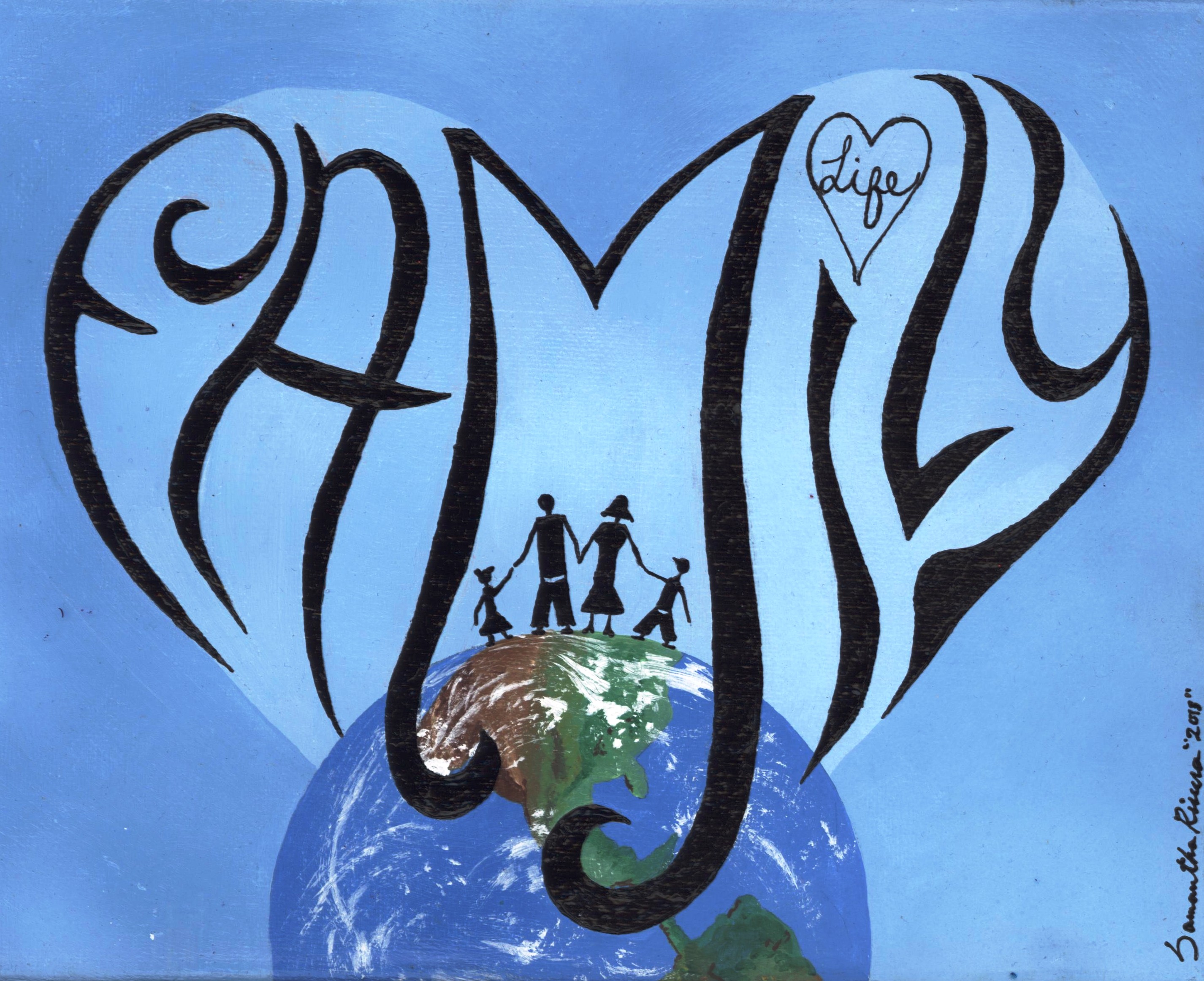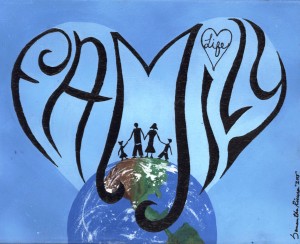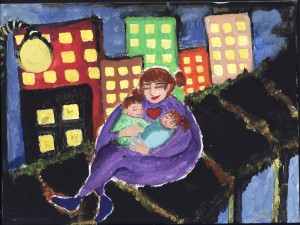As 2014 comes to an end, it is important that we revisit the year’s most demanding issues in the political, economic and social arenas. More importantly, we must evaluate the resolutions that were put forth to address many of these problems and recognize those which continue to beg for resolutions.
Unfortunately, homelessness remains a significant problem of the latter status. In looking forward, we must first understand the extent of the issue, its implications and the context in which we are working.
Mercer County’s annual Point-In-Time (PIT) Count of the Homeless, coordinated annually by Mercer Alliance, can help us in doing this.
The count, which was carried out on the night of Tuesday, January 28, 2014, provides countywide estimates of the number of homeless households in our communities and information about where these individuals find shelter and the different factors that contribute to their homelessness.
While Mercer County shows the shortest length of homelessness in the state, it continues to struggle through the afflictions of homelessness.
Comprehensive Summary of the Mercer County 2014 PIT
On the night of the count, 500 households, (a total of 632 persons) were experiencing homelessness in Mercer County. This is a decrease of 36 persons (5.4%) but an increase of 55 households (12.4%) from 2013.
Of the 632 homeless individuals counted, 393 of them stayed in emergency shelters, 201 stayed in transitional housing and 38 were living unsheltered.
The totals for transitional housing and unsheltered both show a decrease from 2013.
Family Makeup in Homeless Households
Of the 500 homeless households counted in Mercer County in 2014, 71 (14.2%) were families with at least one child under the age of 18 and one adult; 429 (85.8%) of these households were households without children under 18.
These households were composed of 431 adult individuals.
Age Demographics
On the night of the count, there were 68 (10.8%) homeless adults between 18 and 24 years old, 444 (70.2%) homeless adults over age 24, and 120 (19%) children under 18 years old. The majority of these children were between zero and five years of age (69 children; 57.5%). Of the total homeless individuals counted, 145 (22.9%) were between the ages of 45 and 54.
Unsheltered Living
Of these 429 adult-only households, 228 (53.1%) of them were staying in emergency shelters, 168 (39.2%) were in transitional housing and 33 (7.7%) were unsheltered. While the number of adult-only households in Mercer County has decreased by 48 over the past five years, the county has experienced a 16.9% increase (62 people) since 2013.
Disabled Individuals, Veterans and Victims of Domestic Violence
Of the total number of homeless individuals in Mercer County on the night of the count, 52% of them reported having some type of disability. Among disabled adults, 51.5% reported mental health issues.
It is also important to note that more disabled homeless children reported a chronic health condition (58.5%) than any other disability.
On the night of the count, 57 homeless households (14.1% of all households) reported having been a victim of domestic violence.
A total of 38 homeless veterans were counted, which is one more than 2013. The largest majority of veterans, 73.7%, were found to be staying in an emergency shelter; four veterans were unsheltered (10.5%) and six were in transitional housing (15.8%).
Chronic Homelessness
The count identified a total of 64 persons in 63 households as chronically homeless. This is an increase of six persons (10.3%) from 2013. The rate of chronic homelessness as a percentage of overall homelessness increased from 8.4% to 10.1%.
Causes of Homelessness
On the night of the count, more homeless households attributed their homelessness to being asked to leave a shared residence (131 households, 26.2%) than any other cause. Of the 369 households who did not attribute this to their homelessness, 19.8% of them attributed the reduction of job income or benefits; 11.8% of them cited eviction as a cause and 11.4% of them cited release from prison or jail as a cause.
Length of Homelessness
Of the homeless households counted, 149 (29.8%) of them reported that their most recent, continuous episode of homelessness had lasted from eight days to one month; 351 of these households (70.2%) said they had been homeless for less than three months; 6.4% of them reported having been homeless for more than one year.
While this summary only looked at the count conducted in Mercer County, other counties throughout the state of New Jersey participated, and the results were compiled into a New Jersey Point-In-Time Count.
From this count, 13,900 homeless men, women and children were surveyed across the state. This number shows an increase of 1,898 persons (15.8%) compared to the 2013 count.
According to the statewide PIT Count, of the 13,900 homeless individuals in New Jersey, 931 persons were living unsheltered. This number is has gone down 33.4% from the 1,399 persons counted in 2013. These 931 persons made up 6.7% of New Jersey’s total 2014 population of homeless individuals.
Our hope is that these statistics, among the many others available in the reports, provide community members and leaders with a perspective of New Jersey’s growing problem with homelessness and the gravity of the situation.
More importantly, we hope that this information serves as a reminder and an incentive to approach the problem with more vitality in Trenton and other cities across the state.
Mercer County & New Jersey Point-In-Time Counts for 2014
The official reports can be found online at the Monarch Housing Associates website: http://www.monarchhousing.org/.
Article written by Engy Shaaban for the Fall 2014 edition of The Wall








